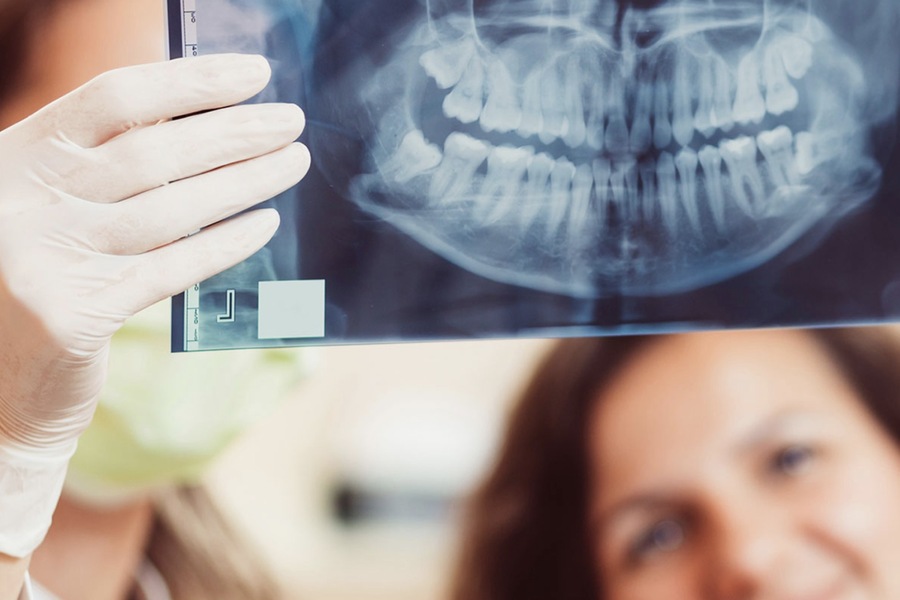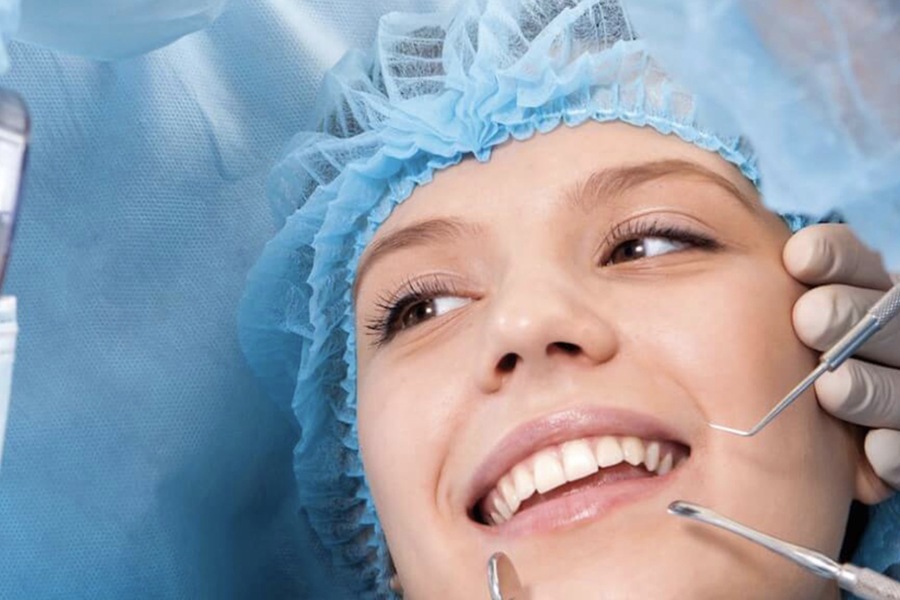3D imaging technology has revolutionized maxillofacial surgery, providing unparalleled precision and improving patient outcomes. This advanced technology allows for detailed visualization and planning of complex surgeries, reducing risks and enhancing the overall patient experience. This article explores how 3D imaging transforms oral and maxillary surgery from pre-surgical planning to post-operative care.
The Science Behind 3D Imaging
3D imaging provides a three-dimensional view of the patient’s anatomy, allowing surgeons to visualize the exact structure of bones, tissues, and nerves. This technology enables the creation of precise surgical plans, reducing the margin for error and improving the accuracy of procedures. Research published in the Journal of Oral and Maxillofacial Surgery (2020) indicates that 3D imaging improves surgical precision by up to 40% compared to traditional two-dimensional imaging techniques.
Enhanced Visualization: The ability to see the patient’s anatomy in three dimensions offers surgeons a more realistic perspective of the surgical site. This improved visualization is crucial for identifying potential complications, such as the proximity of nerves or blood vessels, and determining the best surgical approach.
Precision and Accuracy: Research published in the Journal of Oral and Maxillofacial Surgery (2020) indicates that 3D imaging improves surgical precision by up to 40% compared to traditional two-dimensional imaging techniques. This increased precision reduces the margin for error, leading to more successful outcomes and fewer complications.
Virtual Surgical Planning: One of the most significant advancements enabled by 3D imaging is virtual surgical planning (VSP). VSP allows surgeons to simulate the entire procedure on a digital model before surgery. This simulation helps identify the optimal surgical approach, predict potential challenges, and rehearse the procedure, enhancing the surgeon’s confidence and preparedness.

Application in Maxillofacial Surgery
The applications of 3D imaging in maxillofacial surgery are vast, covering all stages of the surgical process, from initial planning to post-operative assessment.
Pre-Surgical Planning: 3D imaging is invaluable during the pre-surgical planning phase. Surgeons can create detailed, patient-specific surgical plans that consider each patient’s unique anatomy. This personalized approach improves the predictability of surgical outcomes and reduces the time spent in surgery. For instance, in orthognathic surgery, 3D imaging allows for precise measurements and jaw positioning, ensuring that the final result aligns with functional and aesthetic goals.
Custom Implant Design: 3D imaging also plays a crucial role in the design and fabrication of custom implants. Using 3D models of the patient’s anatomy, surgeons can create implants that fit perfectly, reducing the risk of complications and improving the long-term success of the surgery. This customization is particularly important in reconstructive surgeries where the implant must seamlessly integrate with the patient’s existing bone structure.
Guided Surgery: During surgery, 3D imaging provides real-time guidance, helping surgeons navigate the complexities of the patient’s anatomy more accurately. This guidance is especially beneficial in procedures that require precise movements, such as the placement of dental implants or the realignment of fractured bones. Studies show that using 3D imaging in guided surgeries reduces complications by 30%, leading to better patient outcomes and faster recovery times.
Post-Surgical Assessment: 3D imaging assesses the procedure’s success after surgery. Surgeons can compare pre- and post-operative images to ensure the surgery achieves the desired outcomes. This assessment is crucial for identifying areas requiring further intervention and planning post-operative care. Additionally, 3D imaging allows for the monitoring of healing progress, helping to detect any complications early and facilitating quicker recovery times.

Conclusion
3D imaging technology significantly advances maxillofacial surgery, offering surgeons and patients higher precision, safety, and satisfaction. As this technology continues to evolve, it promises to enhance the effectiveness of surgical treatments further, making complex procedures more predictable and successful.

Baseball fan, mother of 2, DJ, vintage furniture lover and creative consultant. Making at the intersection of art and programing to craft experiences both online and in real life. I’m a designer and this is my work.


